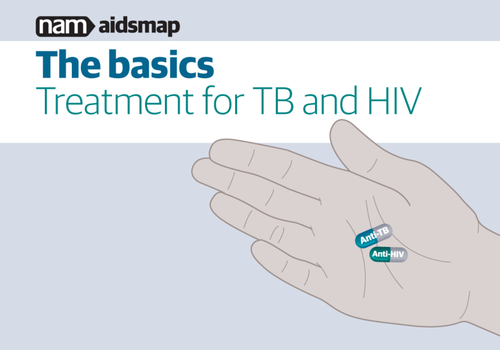Patients taking directly observed therapy (DOTS) for tuberculosis (TB) may be potentially infectious for longer than previously thought, investigators report in the August 15th edition of Clinical Infectious Diseases. Moreover, the researchers found that many patients were TB culture-positive despite being smear-negative.
Although prolonged smear and/or culture positivity during treatment was associated with the presence of drug-resistant TB, the majority of patients with drug-sensitive TB also took longer than two weeks to test culture-negative, and 10% of patients with drug-sensitive TB were still culture-positive at least 2 months after starting treatment.
It has long been thought that patients with drug-susceptible TB are non-infectious after two weeks of therapy for the infection.
“The data presented here question the notion that patients with TB who are culture positive at baseline are non-infectious after 2 weeks of treatment or a negative smear”, write the investigators, “most patients are both smear and culture positive at 2 weeks, and significant proportions remain positive for months.”
The study was conducted in Lima, Peru, and involved 93 patients with both culture and smear-positive TB who were provided with DOTS.
In the six months following the initiation of TB therapy the patients provided sputum samples. These were analysed to see if sputum which were smear-negative were also culture-negative; how long it took for TB to become both smear and culture-negative; and to see if the presence of drug resistance was associated with delays in becoming non-infectious.
Patients became smear-negative a median of 18 days after starting TB therapy, and culture-negative after a median of 41 days.
However, it took a median of 48 days for 90% of patients to become smear-negative, and median of 93 days for 90% to attain culture-negativity.
The presence of multidrug-resistant tuberculosis (MDR-TB) was associated with a longer time to both smear and culture negativity.
Ninety percent of patients with drug-sensitive TB were culture negative after 60 days, but it took a median of 124 days for patients with MDR-TB to achieve this outcome.
In statistical analysis, MDR-TB was shown to be a significant predictor of delayed time to attaining negative cultures (p = 0.007).
At treatment initiation, 67% of patients with culture-positive MDR-TB were also smear positive. After 120 days of treatment, 80% of patients with culture-positive samples were MDR-TB smear-negative.
Among patients with drug-sensitive TB, the median time to culture-negativity was 36.5 days
“This study demonstrates that patients with TB who have fully susceptible disease remain sputum culture positive for much longer than is conventionally believed”, comment the investigators.
They add, “conversion from smear or culture positivity to negativity is significantly delayed by both MDR and resistance that is not MDR”.
Under most DOTS treatment regimens, patients “step-down” from therapy consisting of four drugs to a combination of two drugs after 60 days if smear-negative. The investigators comment, “our data indicate frequent persistent culture positivity among smear-negative patients at this time point; this may partly explain high rates of apparent recurrence of MDR among patients considered ‘cured’ by smear diagnosis.”
The researchers conclude, “long-term smear-negative shedding and drug resistance must be considered jointly if TB transmission is to be controlled.”
The author of an accompanying editorial suggests that the study illustrates “the need for new research efforts to evaluate and challenge our old TB control paradigms. During the past 10 years, TB has changed the rules of the game, whereas our policies have stayed the same wishful thinking. New public health policies based on scientific evidence are urgently needed to combat the growing scourge of drug-resistant TB.”
Fitzwater SP et al. Prolonged infectiousness of tuberculosis patients in a directly observed therapy short-course program with standardized therapy. Clin Infect Dis 51: 371-78, 2010.
Seung KJ. Does my patient have multidrug-resistant tuberculosis? Clin Infect Dis 51: 379-80, 2010.

